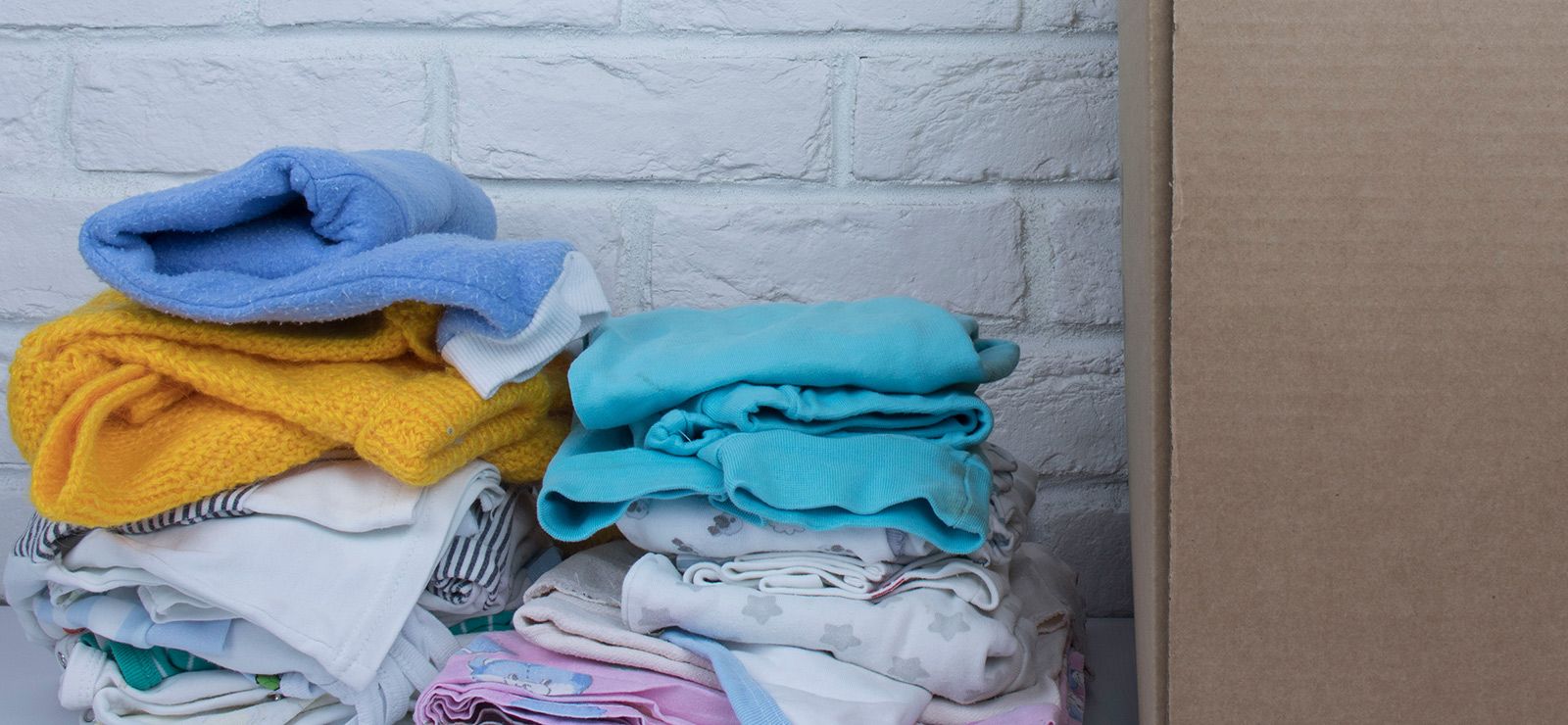Supported housing provides a key layer of stability for individuals with behavioral health issues. Individuals may seek different housing types: from group housing (supervised and unsupervised) to rental housing and home ownership. Supportive housing is a middle ground option that features independent living with the potential for support and intervention as needed. For those individuals on parole or probation, they may transition from progressively less restrictive housing as their treatment and reentry progresses (e.g., from step-down housing to supervised or unsupervised group homes to supportive rental housing). The goal is to avoid releasing someone into an unstructured or homeless setting where decompensation is more likely.
Learn More About Shelters, Supported Housing, and Homelessness
- *Substance Abuse and Mental Health Services Administration,Expanding Access to and Use of Behavioral Health Services for People Experiencing Homelessness
- *SAMHSA, Best Practices for Recovery Housing
- *Corporation for Supportive Housing, FUSE Initiative
- *US Interagency Council on Homelessness, Expanding the Toolbox: The Whole-of-Government Response to Homelessness
- *The Council of State Governments Justice Center, Action Points: Four Steps to Expand Access to Housing for People in the Justice System with Behavioral Health Needs
- National Alliance on Mental Illness, Finding Stable Housing
- Alliance for Health Reform, The Connection Between Health and Housing: The Evidence and Policy Landscape
- Urban Institute, Supportive Housing for Returning Prisoners: Outcomes and Impacts of the Returning Home-Ohio Pilot Project
* Recently added
